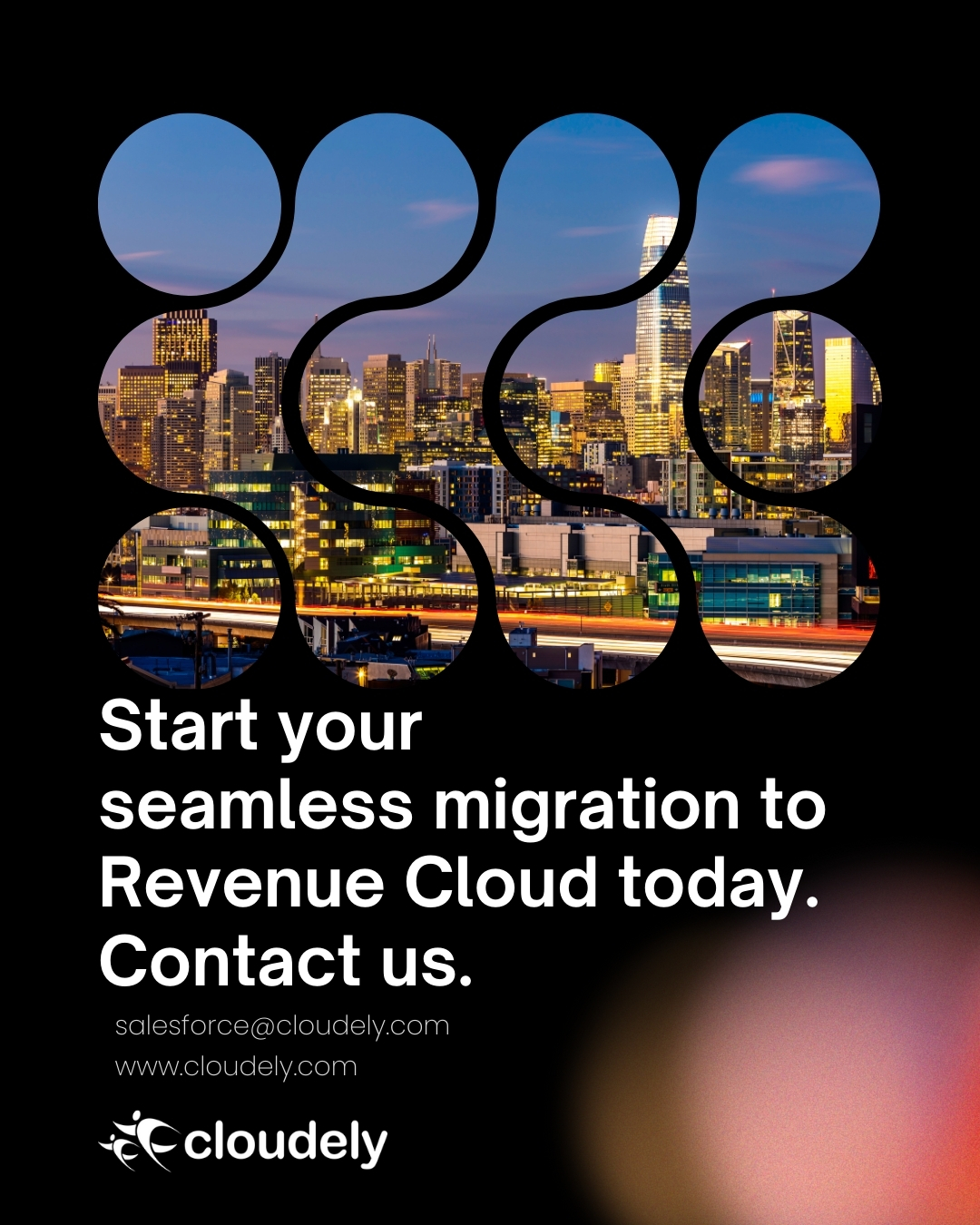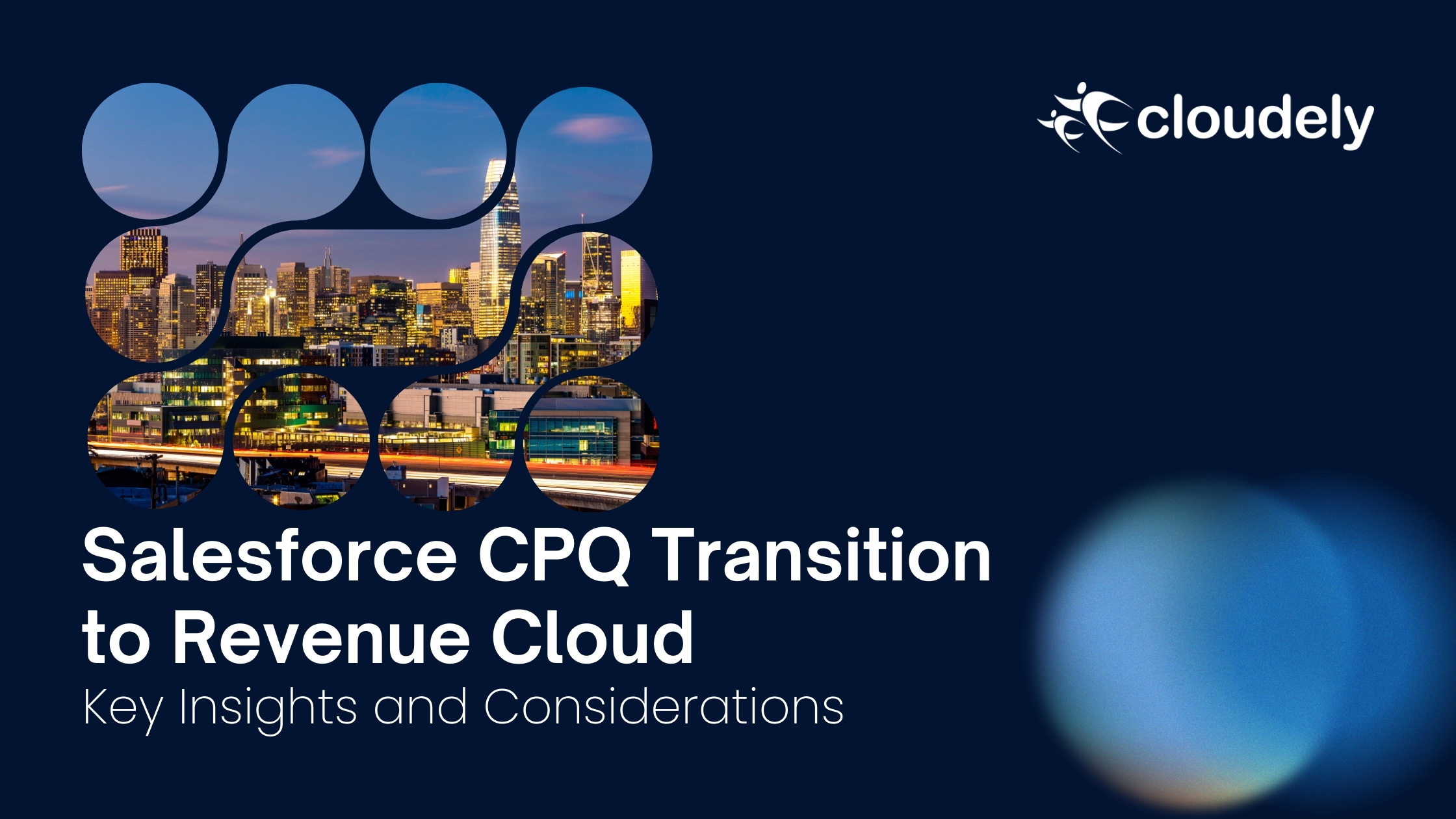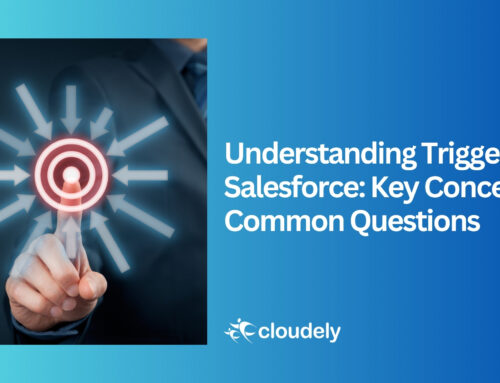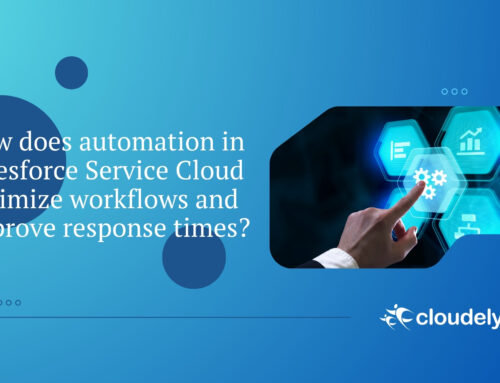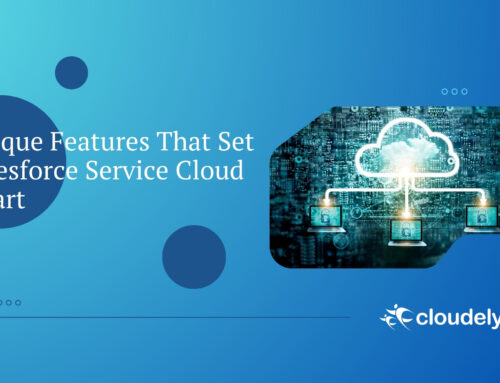Salesforce CPQ is no longer available to new customers, signaling a shift towards Revenue Cloud solutions. Existing users can continue using CPQ with ongoing support and renewal options. Revenue Cloud Advanced and Revenue Cloud Billing are introduced as native Salesforce products, replacing CPQ’s managed package model.
Table of Contents
Why the Change from Salesforce CPQ to Revenue Cloud?
Managed Package Limitations: CPQ’s managed package had constraints like slower updates, customization challenges, and dependency on third-party updates. Native solutions (Revenue Cloud) offer deeper integration, enhanced performance, and scalability.
Enhanced Capabilities: Revenue Cloud provides advanced billing, subscription management, and revenue recognition, positioning it as a comprehensive revenue management suite.
Benefits of Revenue Cloud
Native Integration: Built directly on Salesforce, enabling seamless customization, faster performance, and better alignment with Salesforce updates.
Scalability & Flexibility: Designed for complex implementations, supporting evolving business needs without managed package restrictions.
Migration Considerations
Process Complexity: Transition may require reimplementation due to differences in data models and APIs. Salesforce likely offers migration tools/services, though specifics should be verified.
Timeline: No immediate deadline, but proactive planning is advised to leverage new features and avoid future obsolescence.
Product Differentiation
Revenue Cloud Advanced: Targets complex revenue management needs with advanced features.
Revenue Cloud Billing: Focuses on sophisticated billing scenarios, ideal for subscription-based models.
Cost and Training
Pricing: Potential cost differences may exist; businesses should evaluate licensing models.
Training: Users and admins may need upskilling to maximize new features and workflows.
Strategic Recommendations
Assessment: Audit current CPQ configurations, integrations, and pain points to identify migration benefits.
Roadmap Review: Consult Salesforce resources for transition timelines and support tools.
Future-Proofing: Align long-term revenue strategies with Revenue Cloud’s capabilities.
Addressing Key Questions
CPQ Limitations: Challenges in customization, update delays, and integration hurdles.
Migration Process: Likely involves data/model mapping; Salesforce may provide consultative support.
Deadline: None specified, but gradual phase-out expected; monitor Salesforce announcements.
Compatibility: Evaluate existing integrations for compatibility with Revenue Cloud’s native structure.
Conclusion
The shift to Revenue Cloud represents Salesforce’s commitment to integrated, scalable solutions. Existing CPQ users should strategize migration to harness enhanced features, ensuring future-ready revenue operations. Engage with us for tailored advice is recommended to navigate this transition effectively.
